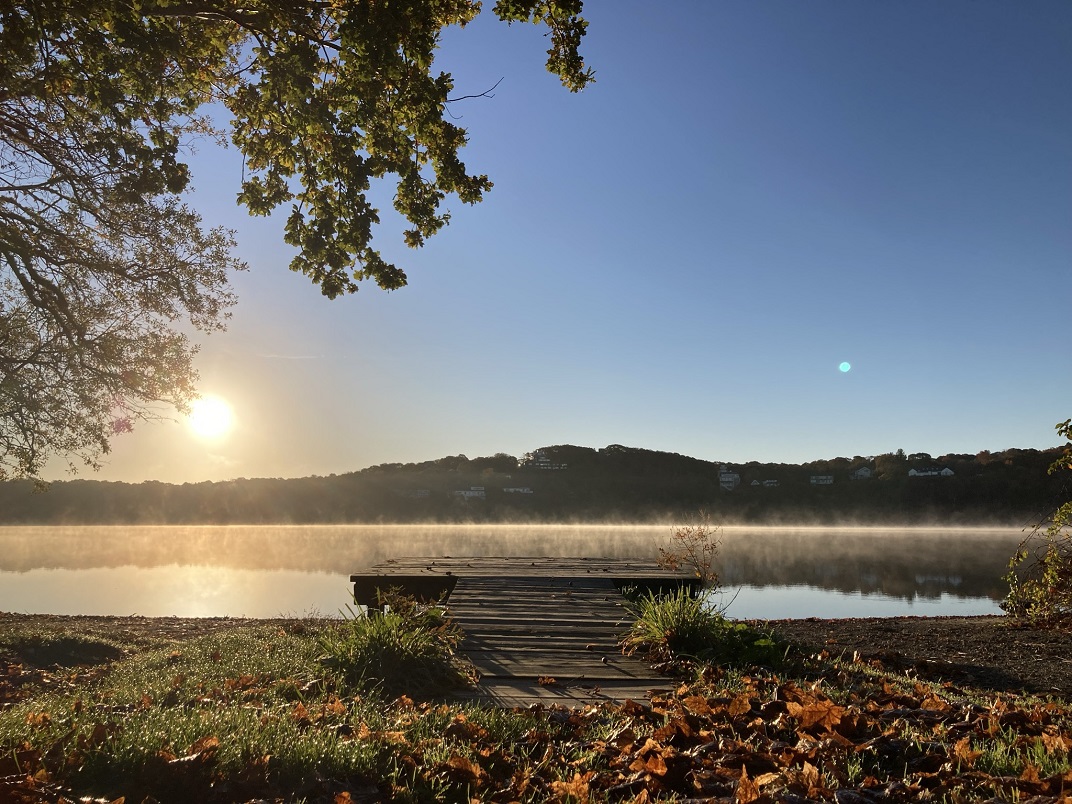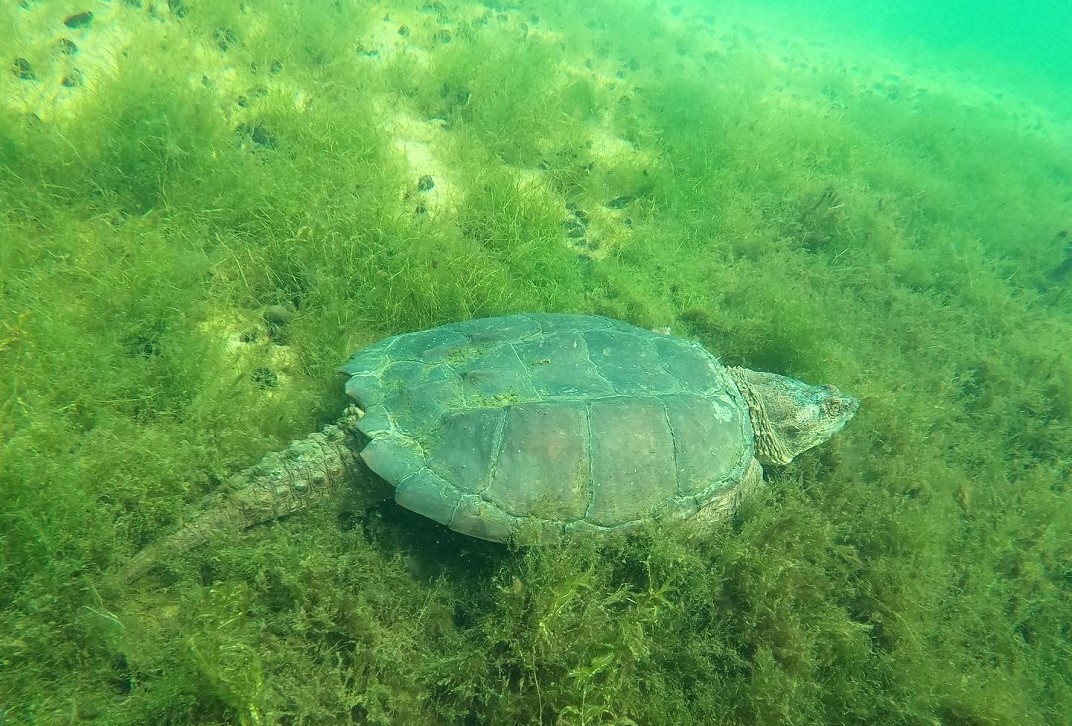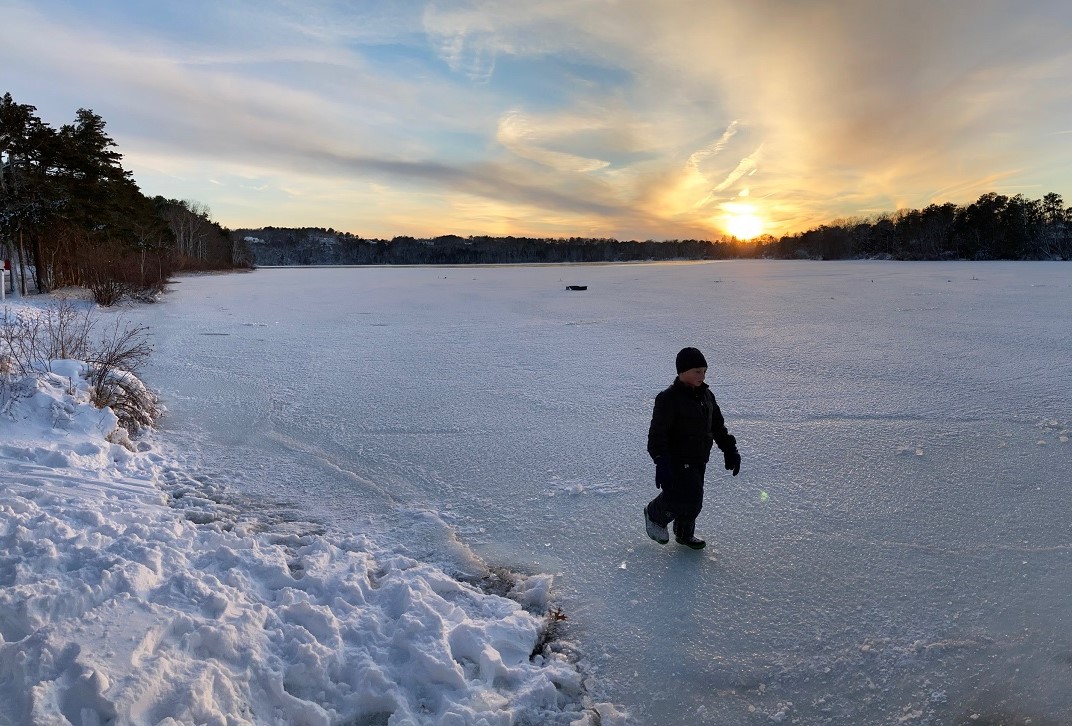Scargo Lake
Dennis Village
Scargo Lake, also known as Scargo Pond and formerly known as Flax Pond and Crowell Pond, is a 60-acre natural kettlehole pond with an average depth of 25 feet and a maximum depth of 48 feet.
Access
Scargo Lake is located in Dennis Village between Route 6A and Scargo Hill Road. There are three town landings, all of which are suitable for launching light draft boats and canoes. A 7.5 horsepower limit on outboard motors is enforced. Two landings are accessible via dirt roads immediately off Route 6A on the western side, and the remaining one on the northern cove can be reached from an unnamed road off the intersection of Route 6A and Sesuit Neck Road. The Princess Beach Conservation Area, off of Scargo Hill Road, has parking and offers access to the beach and walking trails.
Status
Information coming soon.
Ecology
Information coming soon.
History
In the mid-1800s, Scargo Lake was known as one of the most excellent ice locations on the Cape and continued to have ice houses through the 1940s. The area in the vicinity of Scargo Lake was also known for cranberry production. While there are differing versions of the exact history of the beginnings of the cranberry industry, one version states that in 1819, Elkanah Sears with his son William set out some cranberry vines at Scargo Lake and became the pioneer in the business of cranberry cultivation.
In an 1871 newspaper article, it was noted that cranberries were so abundant in the Scargo Lake area, that it was necessary for almost everybody to leave home, and help to gather them before frost appeared. The smartest pickers often earned more than two dollars a day while children could earn one dollar a day.
Fishing, ice skating, and boating (and ice boating in 1955!) were all popular during the 1800 and 1900s. As early as 1890, reports were made of pickerel being caught (some as large as 6 pounds) and the stocking of the pond with black bass in 1897. In 1934, the pond was stocked with salmon and rainbow trout and the pond continues to be stocked with brook, brown, and rainbow trout to this day.
Throughout the 1900’s, reports of fine fishing included pike (probably pickerel) in 1912, a black bass (largemouth or smallmouth bass) measuring 16 inches in 1924, a trout of 17 inches in 1935, and rainbows and browns up to 18 inches in 1960. In 1994, it was reported that seven fish species: banded killifish, white perch, smallmouth bass, pumpkinseed, alewife, brook trout, and American eel were found in Scargo.
Historically, herring would swim up Sesuit Creek seeking spawning grounds in Scargo Lake. In the early 1960s, the herring were blocked by a concrete tide gate and a wire screen that was placed there by state fisheries personnel to prevent white perch from getting into Scargo. White perch, essentially a salt water fish akin to striped bass, can make the pond uninhabitable for trout. At about the same time as the blocking of the gate, Scargo was cleared of fish (done by killing the fish with chemicals) and restocked with trout. According to the MA Division of Fisheries & Wildlife, the pond was reclaimed for trout management in 1956 and again in 1961.
Beginning in the late 1960’s and continuing into the early 1970’s, anti-pollution efforts sprang up to protect Scargo Lake from development that might lead to increased runoff and drainage into the pond. It was noted that Scargo had already reached pollution limits on more than one occasion.









